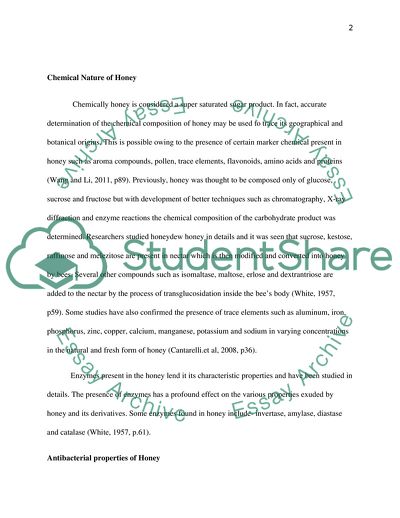Cite this document
(Antibacterial Properties of Honey Essay Example | Topics and Well Written Essays - 3000 words, n.d.)
Antibacterial Properties of Honey Essay Example | Topics and Well Written Essays - 3000 words. https://studentshare.org/biology/1835858-antibacterial-properties-of-honey
Antibacterial Properties of Honey Essay Example | Topics and Well Written Essays - 3000 words. https://studentshare.org/biology/1835858-antibacterial-properties-of-honey
(Antibacterial Properties of Honey Essay Example | Topics and Well Written Essays - 3000 Words)
Antibacterial Properties of Honey Essay Example | Topics and Well Written Essays - 3000 Words. https://studentshare.org/biology/1835858-antibacterial-properties-of-honey.
Antibacterial Properties of Honey Essay Example | Topics and Well Written Essays - 3000 Words. https://studentshare.org/biology/1835858-antibacterial-properties-of-honey.
“Antibacterial Properties of Honey Essay Example | Topics and Well Written Essays - 3000 Words”. https://studentshare.org/biology/1835858-antibacterial-properties-of-honey.


